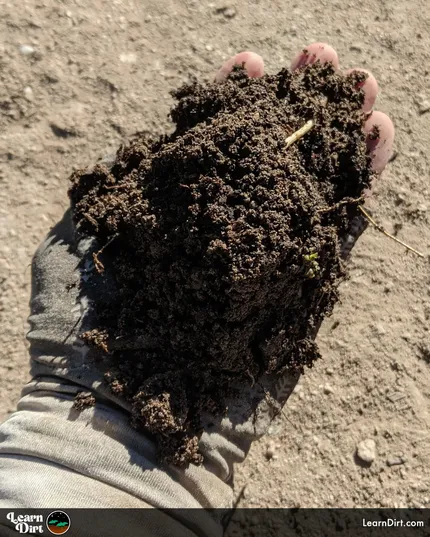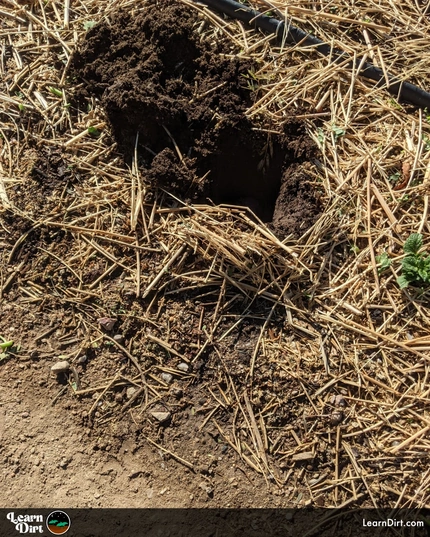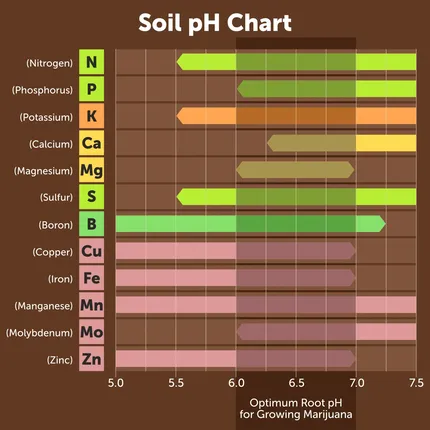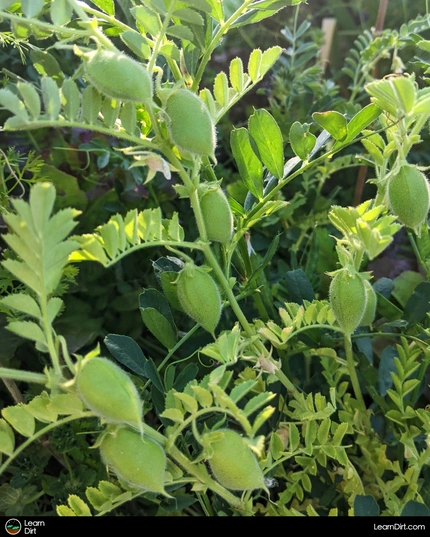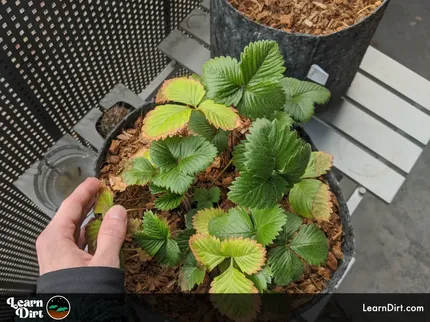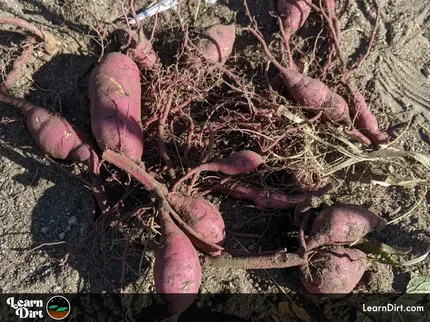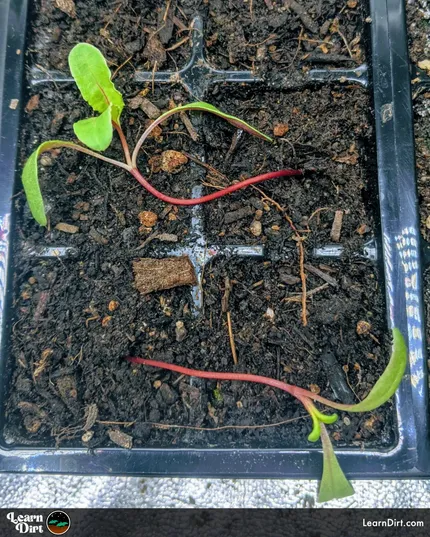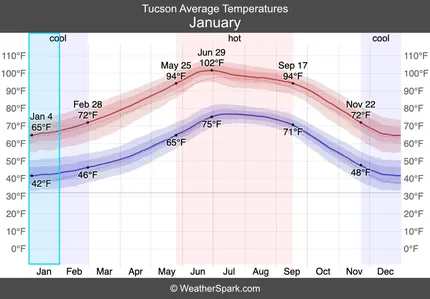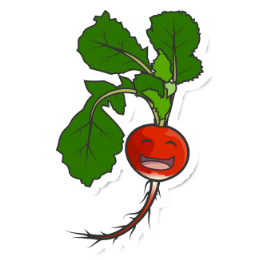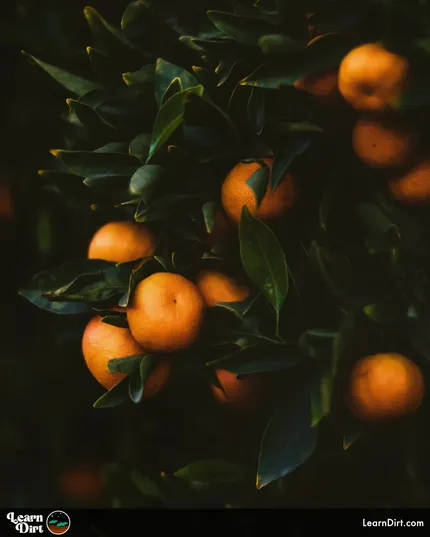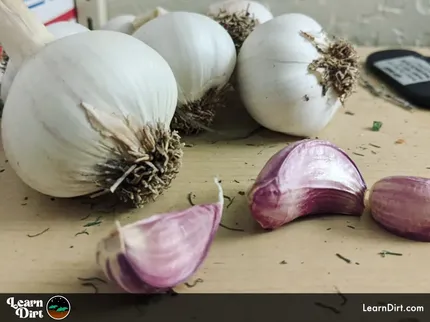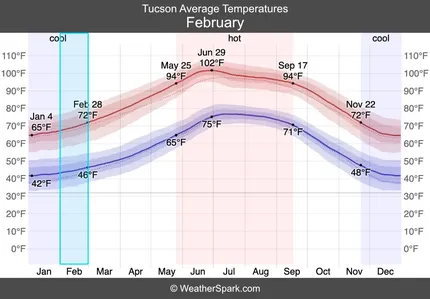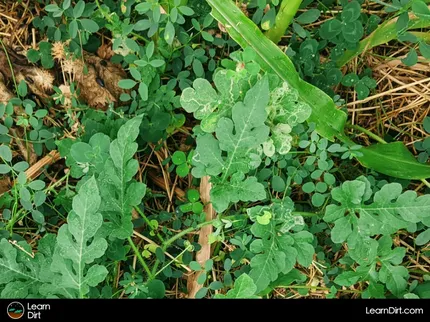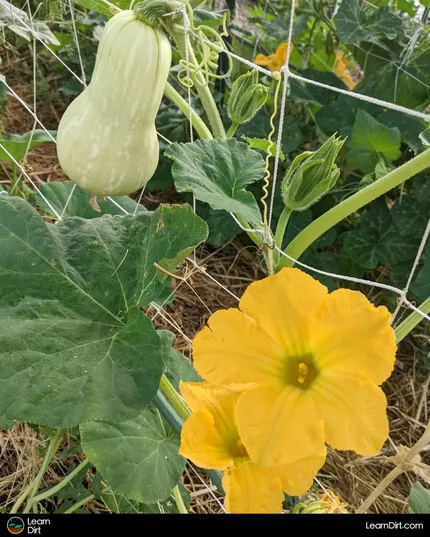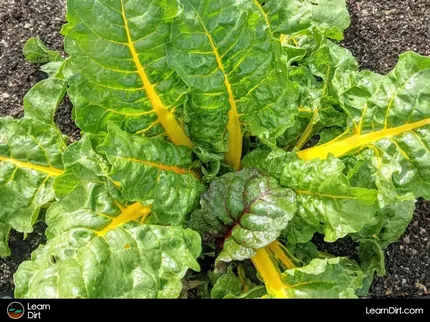Table of Contents
* Our articles never contain AI-generated slop *
So you wanna know why people actually choose to garden in the desert?
It's a legit question, and one I completely understand you having. We might seem crazy, (and we certainly are), but there are plenty of good reasons to grow in the desert!
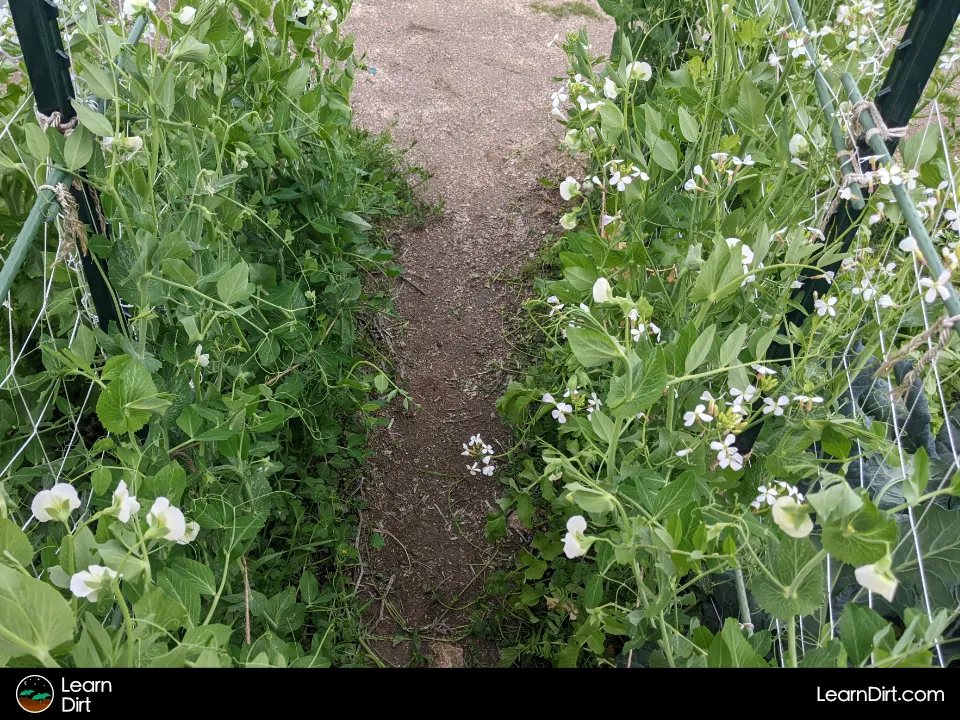
365 Day / Year Growing Season
Did you know that here in the Sonoran Desert of Southern Arizona, we can actually grow our gardens 365 days a year without any off-season? That's right! When you live in the Sonoran Desert lowlands, you never have to spend the winter trapped indoors, waiting until gardening season.
Disclaimer: This post may contain affiliate links. Refer to the privacy policy for more information.
Been there, done that, I'm over it. I don't want to stop gardening for months out of the year, which in just one of the many reasons why I choose to live in the desert.
Increased UV Means Faster Production
Did you know that most plants grow faster when the UV intensity increases?
If your plants can survive the heat, and you can provide them enough water, they can often thrive in the desert with our increased sun intensity.
My packets of zucchini and yellow straightneck both say 65 days from seed to harvest. In Tucson, I've grown both of these in 47 days from seed to harvest. That's only 72% of the standard time required for summer squash!
Remember that you can always add shade trees and layers of shade cloth in the desert. It's very hard to add more sunlight in colder climates though!
When you get your seasons, water, soil, and timing, all dialed in-the increase UV can push your crop production over the top.
Join The Grower's Community
A free & open space for anyone who is passionate about cultivation 🌱
Check It Out!
Reducing the time requirements for each crop cycle can have a tremendous effect on production and profitability. Combined that with the 365 day per year brewing season mentioned above, and you can see how desert gardeners are often able to get 5 or 6 full crop cycles in per year.
Soil-Building From Day One
This one is a little counterintuitive, but bear with me.
If you start your garden or farm on the richest, fluffiest, most nutrient, dense soil end, there's a pop-up possibility that you'll take that soil quality for granted and neglect improving it.
In the desert, our starting soil has less than 1% organic matter, is heavily compacted, and is extremely alkaline and sandy. It has practically no moisture retention property, and the moisture infiltration rate is terrible.
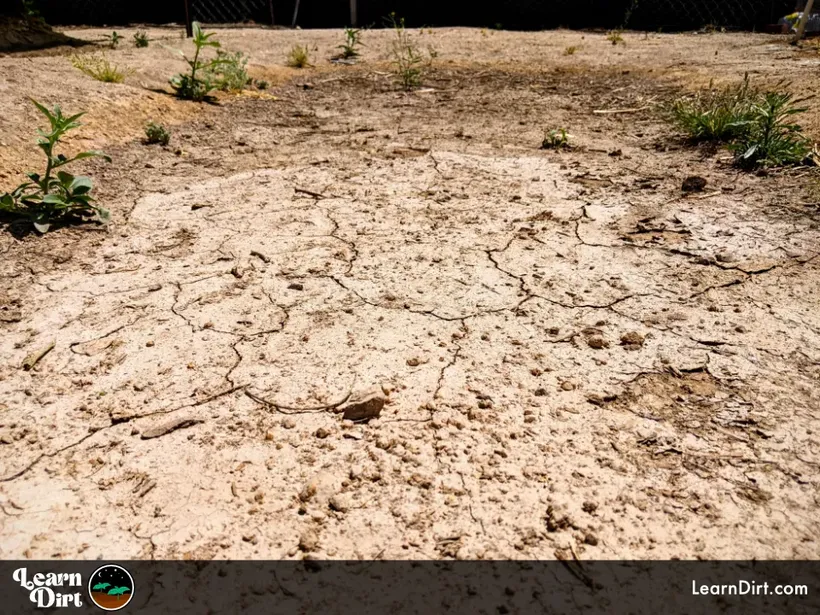
I treat starting with horrible soil as a huge benefit. This may seem counterintuitive, but when you start out behind the pack, you need to learn how to catch up. When you start out in front of the pack, it's easy to take your lead for granted and neglect improvement.
The desert is where I learned soil-building, and I think it's the perfect place to go to learn how to improve really crummy soil.
To me, soil-building is one of the most fundamental parts of regenerative gardening, and I strive to be improving my soil as much as I possibly can every year. The desert taught me this mindset.
My East Coast gardening experience in richer soil did not teach me this mindset. The desert made me a much better gardener, and this is much of the reason why.
I believe that the grower who starts with terrible soil is more likely to have incredible soil a few decades later, as compared to the grower who starts with better soil but takes it for granted, and depletes it over time.
These don't always apply, they're generalizations based on how much the desert taught me about building incredible soil from day 1. Take them with a grain of salt (or sand!)
That's all for now, thanks for reading!
If you have any questions, comments, or would like to connect with fellow gardeners, head on over to the forum and post there.


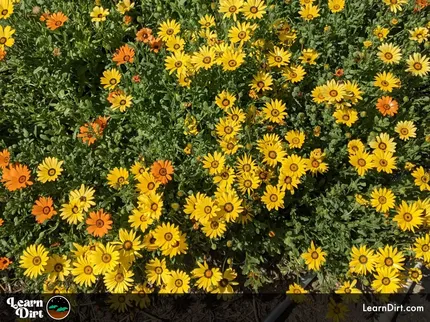
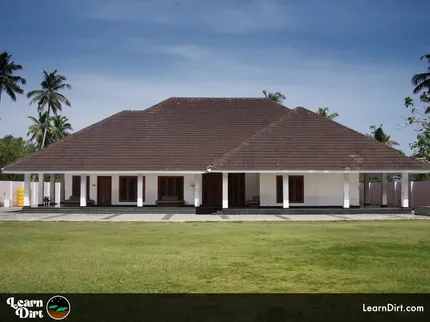
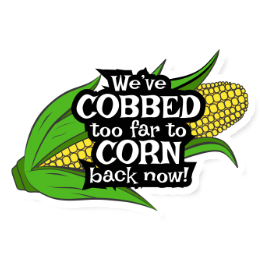
![Don't Till Away Your Carbon [Taffy]](/media/product_images/dont-till-away-your-carbon-[taffy]_sticker_260x260.png)

